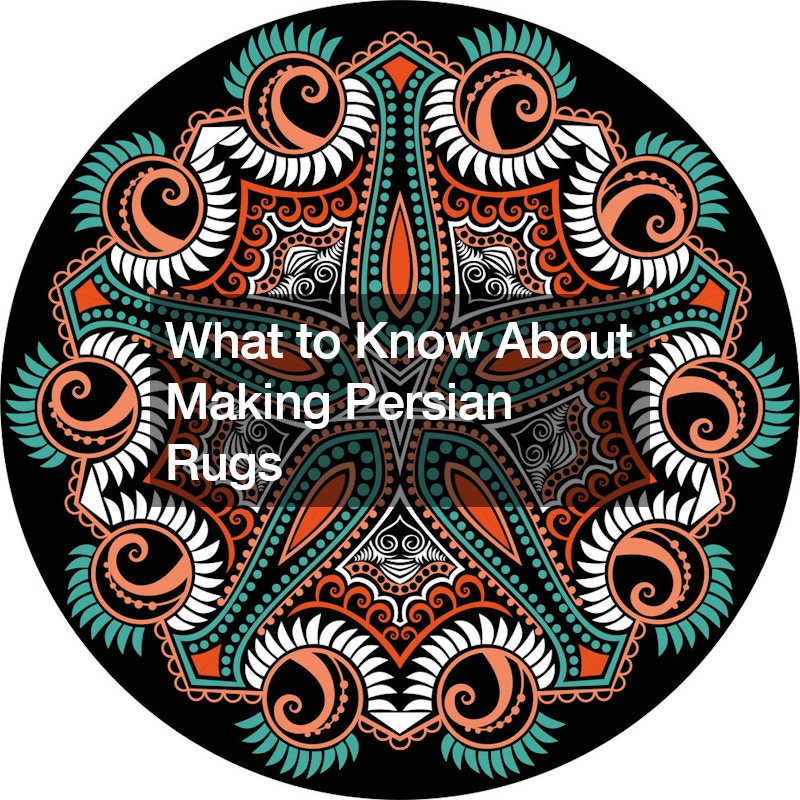
Did you know that making Persian rugs is a craft with a rich tradition in Iran? Practiced by villagers and nomads alike, weavers create the rugs one knot at a time on looms with different numbers of warps. Larger numbers of warps produce smaller knots and more detailed patterns that take more time, making them more expensive. The rug’s size also affects the price, with bigger rugs with more knots taking the most time and costing the most.
The carpets can use various colors, though traditional Persian rugs use only natural dyes historically available in Iran. Rugs are also available in many patterns, with different families of patterns tied to regions of the country.
The patterns frequently employ floral designs, while Persian carpets made by nomads employ simpler geometric designs. Most designs are symmetrical in that the top, bottom, and left and right mirror one another.
One or more weavers can work on a carpet. An advantage of their symmetrical designs is that a pair of weavers can work together using the same pattern, with one starting on the left and the other on the right. The pair uses matching colors for each knot until they meet in the middle, producing a beautiful row of knots. The carpets get sheared, so the knots are uniform or to different heights to add dimension.
.

